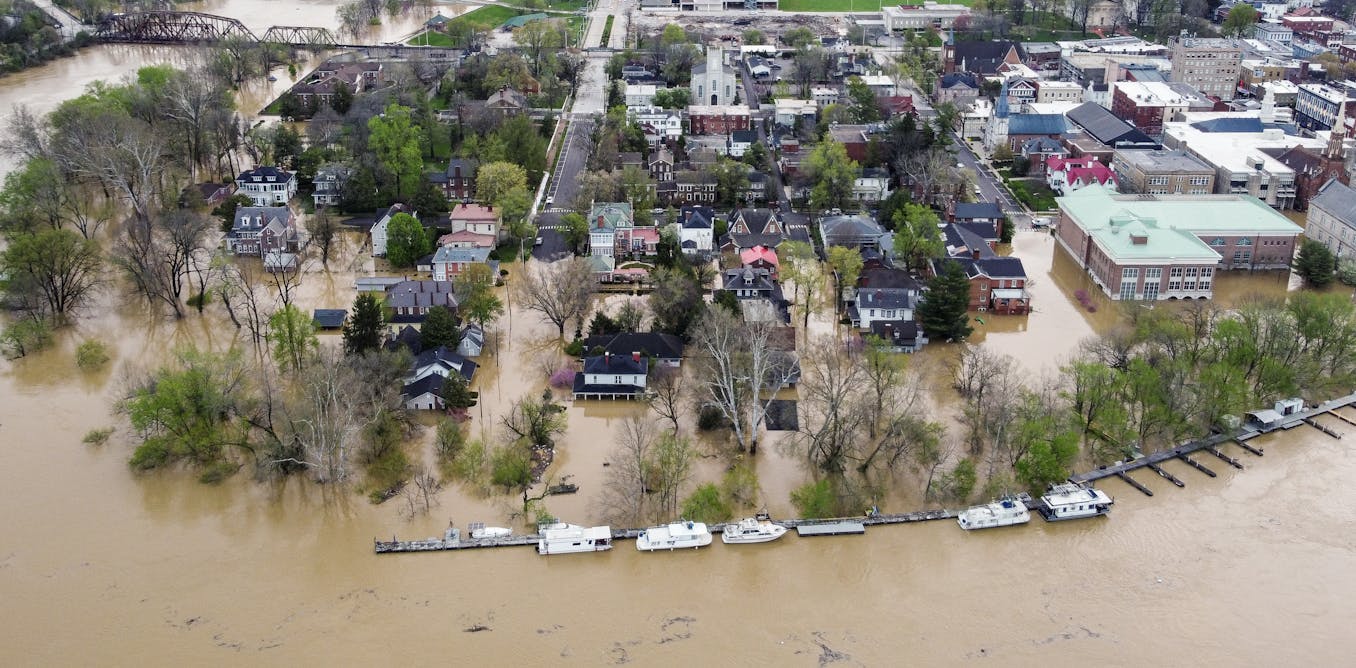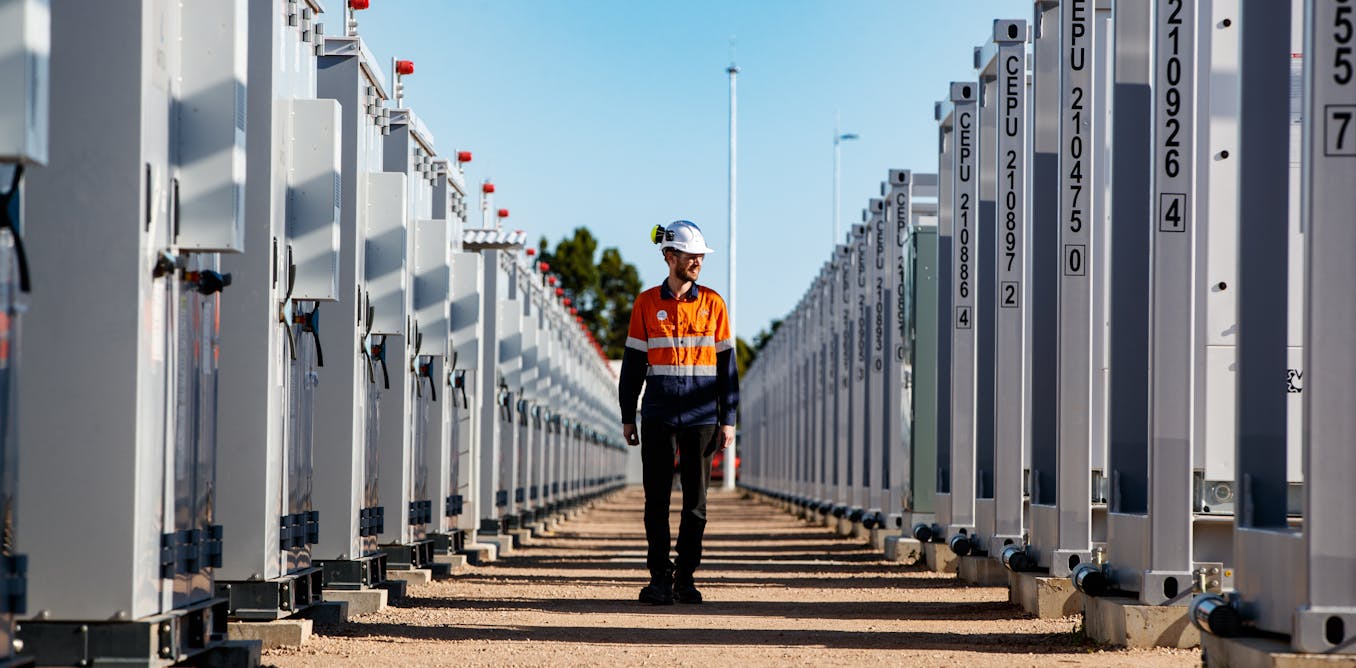Researchers this month will begin testing a high-voltage circuit breaker that can quench an arc and clear a fault with supercritical carbon dioxide fluid. The first-of-its-kind device could replace conventional high-voltage breakers, which use the potent greenhouse gas sulfur hexafluoride, or SF6. Such equipment is scattered widely throughout power grids as a way to stop the flow of electrical current in an emergency.
“SF6 is a fantastic insulator, but it’s very bad for the environment—probably the worst greenhouse gas you can think of,” says Johan Enslin, a program director at U.S. Advanced Research Projects Agency–Energy (ARPA-E), which funded the research. The greenhouse warming potential of SF6 is nearly 25,000 times as high as that of carbon dioxide, he notes.
If successful, the invention, developed by researchers at the Georgia Institute of Technology, could have a big impact on greenhouse gas emissions. Hundreds of thousands of circuit breakers dot power grids globally, and nearly all of the high voltage ones are insulated with SF6.
A high-voltage circuit breaker interrupter, like this one made by GE Vernova, stops current by mechanically creating a gap and an arc, and then blasting high-pressure gas through the gap. This halts the current by absorbing free electrons and quenching the arc as the dielectric strength of the gas is increased.GE Vernova
On top of that, SF6 byproducts are toxic to humans. After the gas quenches an arc, it can decompose into substances that can irritate the respiratory system. People who work on SF6-insulated equipment have to wear full respirators and protective clothing. The European Union and California are phasing out the use of SF6 and other fluorinated gases (F-gases) in electrical equipment, and several other regulators are following suit.
In response, researchers globally are racing to develop alternatives. Over the last five years, ARPA-E has funded 15 different early-stage circuit breaker projects. And GE Vernova has developed products for the European market that use a gas mixture that includes an F-gas, but at a fraction of the concentration of conventional SF6 breakers.
Reinventing Circuit Breakers With Supercritical CO2
The job of a grid-scale circuit breaker is to interrupt the flow of electrical current when something goes wrong, such as a fault caused by a lightning strike. These devices are placed throughout substations, power generation plants, transmission and distribution networks, and industrial facilities where equipment operates in tens to hundreds of kilovolts.
Unlike home circuit breakers, which can isolate a fault with a small air gap, grid-scale breakers need something more substantial. Most high-voltage breakers rely on a mechanical interrupter housed in an enclosure containing SF6, which is a non-conductive insulating gas. When a fault occurs, the device breaks the circuit by mechanically creating a gap and an arc,…
Read full article: First-Ever Supercritical CO2 Circuit Breaker Debuts

The post “First-Ever Supercritical CO2 Circuit Breaker Debuts” by Emily Waltz was published on 04/09/2025 by spectrum.ieee.org





































Leave a Reply